What are the best types of simulated blood to use in medical simulation?
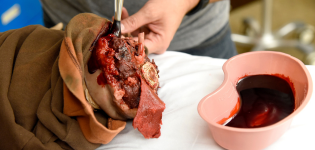

What are the best types of simulated blood to use in medical simulation?
In medical simulation, choosing the right type of simulated blood depends on the training objectives (e.g. realism, cleanliness, cost, or compatibility with equipment). Here are the best types commonly used, along with their pros and cons:
1. Commercially Available Medical Simulation Blood
Examples: Pocket Nurse®, Nasco Life/form®, or Laerdal products.
Pros: Highly realistic in color, viscosity, and staining properties. Safe for manikins and task trainers.
Cons: Cost; limited shelf life once opened.
2. DIY (Homemade) Simulated Blood
Ingredients: Water, corn syrup, food coloring (red/blue/yellow), chocolate syrup, and dish soap.
Pros: Cheap, customizable viscosity and color.
Cons: Can stain skin, clothes, and equipment; may damage manikins if not properly cleaned; must be disposed of after use or can become an infection control risk.
3. Theatrical Blood (Stage/Film Blood)
Brands: Mehron, Ben Nye, Kryolan.
Pros: Very realistic; comes in different types (e.g., flowing, coagulated).
Cons: Not designed for medical use; may stain or damage simulation tools.
4. No- or Low-Staining Simulated Blood
Examples: Pocket Nurse Moulage Blood™, SimBlood, SimuBlood.
Pros: Designed not to stain or clog manikin internals; water-soluble.
Cons: Slightly less realistic; mid-range cost.
5. Powdered or Concentrate Blood
Description: Mix with water as needed.
Pros: Long shelf life; cost-effective; easy to transport.
Cons: Requires prep time; quality varies by brand.
Choosing the Best Type:
Need Best Choice
Realism Commercial or theatrical blood
No- or Low-Staining Non-staining simulation blood
Budget-friendly DIY or powdered
Manikin-compatible Manufacturer-recommended fluids only
Portable / Long-term use Powdered blood concentrate

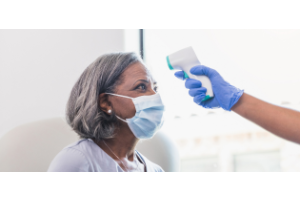
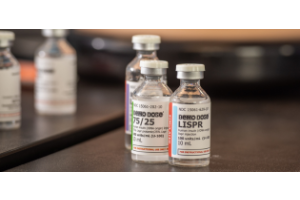


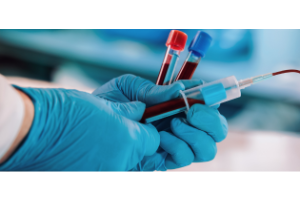
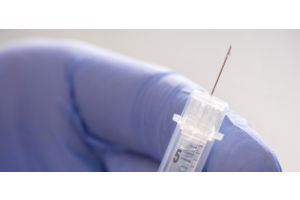

Validate your login
Log In
Create New Account